In the wake of the global health crisis, healthcare professionals and administrators alike learned the importance of being prepared for unforeseen challenges, especially when it pertains to safeguarding medical staff and patients.

The Importance of Disposable Hospital Gowns in Medical Settings
Disposable gowns, often taken for granted, have proven their worth in ensuring both safety and efficiency.
Role in Infection Control
Gowns act as the primary barrier against potential contaminants. They shield healthcare workers from hazardous substances and pathogens, ensuring their safety and, by extension, the safety of their patients. Especially during contagious outbreaks, these gowns are the unsung heroes that provide a frontline defense.
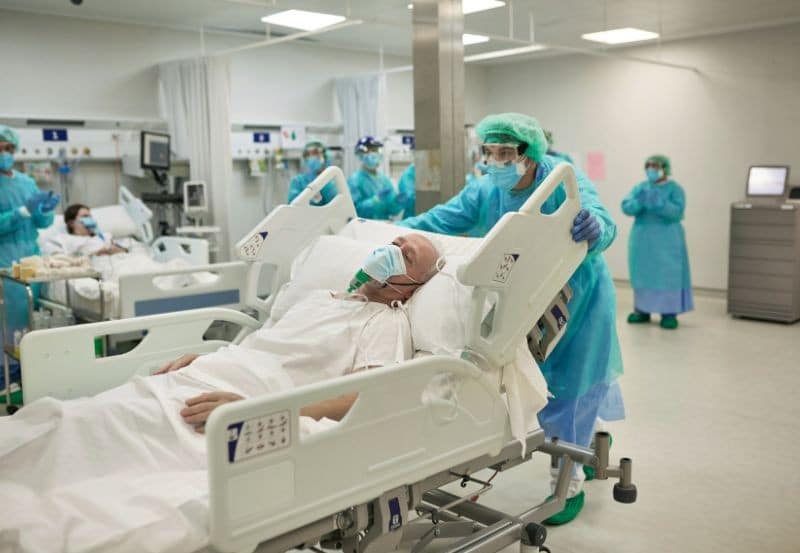
Cost and Efficiency
Beyond safety, the convenience of disposable gowns is evident in their cost-effectiveness. They eliminate the need for continuous laundering, cutting down on both expenses and the environmental impact. Plus, their one-time use ensures that contamination risks are minimized.

Lessons from the Past: The Pandemic’s Strain on Medical Supplies
When the pandemic hit, healthcare facilities worldwide grappled with unprecedented shortages. While masks and ventilators grabbed headlines, the scarcity of disposable hospital gowns put healthcare professionals at risk.

The Logic Behind Stockpiling
Having experienced the ramifications of being underprepared, there’s now a global emphasis on the importance of stockpiling essential medical supplies.
Anticipating Future Outbreaks
While we remain hopeful that such a global crisis doesn’t repeat itself, it’s only pragmatic to prepare for potential future outbreaks. Stockpiling ensures that hospitals are equipped to handle an influx of patients without compromising on safety standards.

Maintaining Operational Continuity
Stockpiling isn’t just for pandemics. Disruptions can occur due to various reasons – from supply chain issues to natural disasters. Having a stockpile guarantees operational continuity in such times.
Selecting the Right Disposable Gowns for Stockpiling
Material and Durability Considerations
Gowns differ in their construction and intended use. While some are designed for short, low-risk procedures, others are tailored for surgeries and high-risk environments. Considering factors such as fluid resistance, breathability, and durability are pivotal in making the right choice.
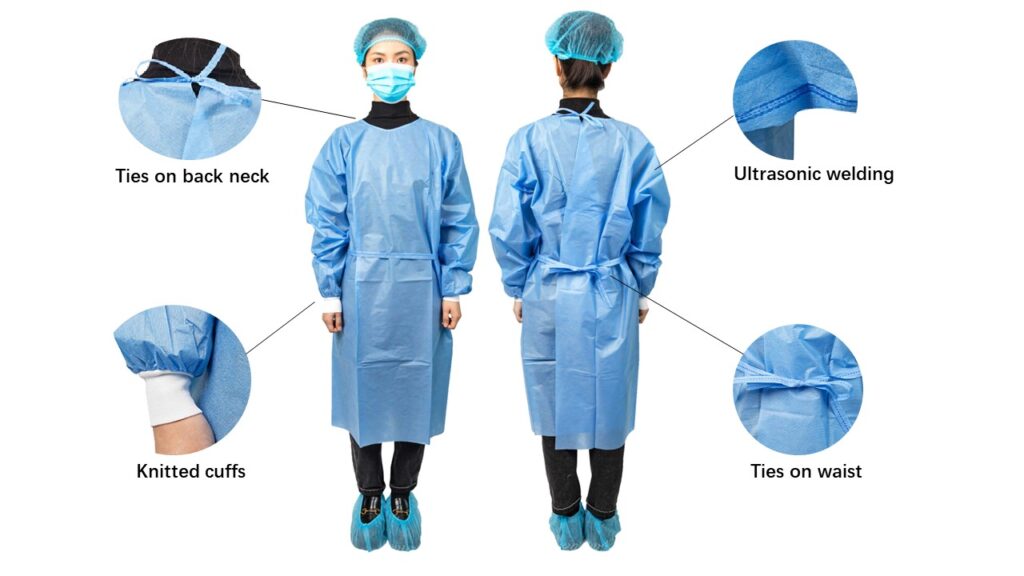
Sizing and Fit Flexibility
A one-size-fits-all approach doesn’t work in healthcare. With diverse staff members, gowns need to cater to varied body types. Ensuring a range of sizes and fits while stockpiling is essential to cater to everyone’s needs.
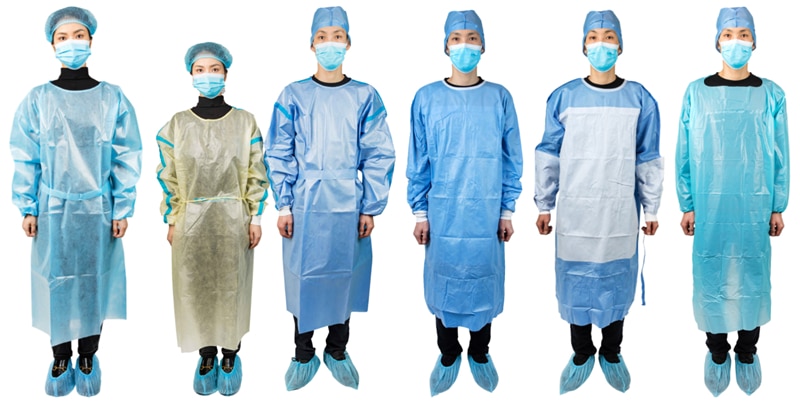
Storage Considerations for Disposable Gowns
Proper storage ensures the longevity and efficacy of these gowns. They need to be kept in cool, dry places, away from direct sunlight. Also, having a system for rotation ensures that older stock is used first, preventing potential wastage.
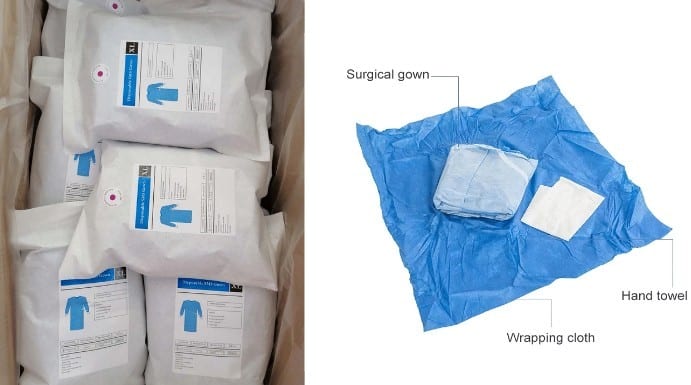
Establishing Supplier Relationships for Long-Term Preparedness
Building a trusting relationship with suppliers is integral. Not only does it ensure that you receive quality products, but it also means you’ll likely be prioritized during supply crunches. Having multiple suppliers can also be a smart move to diversify and reduce risks.
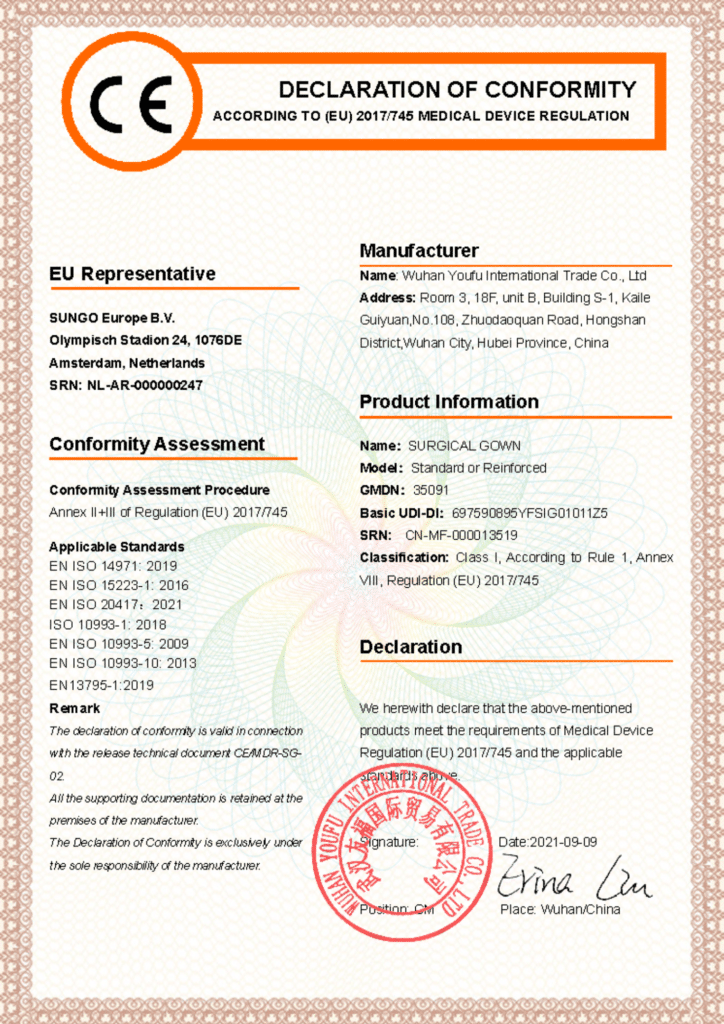
Financial Implications and Budgeting for Stockpiling
While there’s an upfront cost to stockpiling, the long-term benefits far outweigh the initial investment. Budgeting for this can be approached as an insurance policy against future disruptions, where the real value becomes evident when it’s most needed.
Conclusion: The Need for Proactivity in Healthcare Preparedness
If there’s one lesson to take from recent events, it’s that proactivity in healthcare is non-negotiable. It’s more than just a best practice; it’s a safeguard against future uncertainties. By stockpiling disposable hospital gowns and other essential supplies, healthcare facilities ensure they’re not caught off-guard again, emphasizing patient care and the safety of frontline workers above all else.

Preguntas frecuentes
- Why is there such an emphasis on disposable hospital gowns over reusable ones?
- Disposable gowns offer a consistent level of protection every time they’re worn since they’re used only once. This eliminates risks associated with potential wear and tear or inadequate disinfection processes that can come with reusable gowns.
- How often should stockpiled gowns be checked or rotated?
- It’s advisable to check stockpiled items at least every six months. Ensuring a first-in-first-out (FIFO) rotation system will help in using older stock first and maintaining the integrity of the gowns.
- Can disposable gowns be recycled?
- Many disposable gowns are made of materials that aren’t easily recyclable due to contamination risks. However, healthcare facilities can work with specialized waste management companies to explore environmentally-friendly disposal methods.
- What factors determine the number of gowns a facility should stockpile?
- Several factors come into play, including the size of the facility, average patient influx, potential outbreak scenarios, and storage capacities. Facilities should also consider their average monthly usage and aim to stockpile enough gowns to last for several months during potential disruptions.
- How can healthcare facilities ensure the quality of the gowns they’re stockpiling?
- Regular quality checks, working with reputable suppliers, and understanding industry standards for gown manufacturing are crucial. Additionally, ensuring the gowns are stored correctly will help maintain their quality over time.











